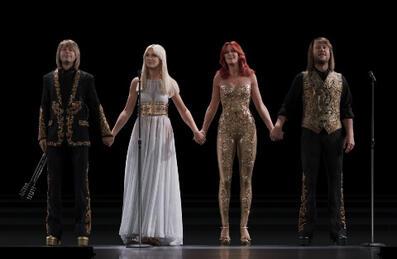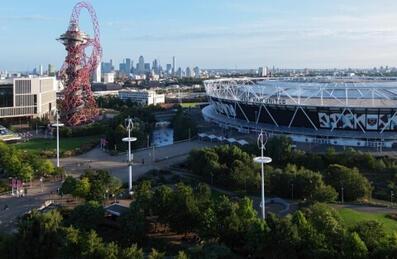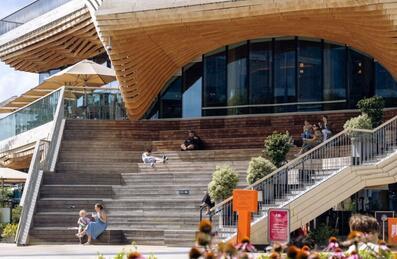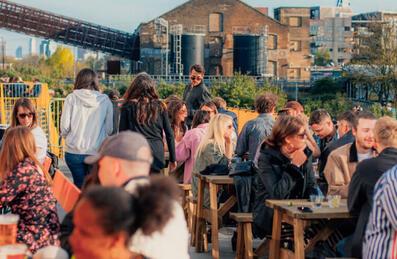
Popular Searches:
Keep up to date
Sign up today for exclusive offers and incredible experiences you won’t want to miss at Queen Elizabeth Olympic Park.
Sign up nowBuilding homes for life
Building homes for life
Story 15/02/2021
Peter Maxwell is the Director of Design Development at LLDC
Recently, I had the pleasure of speaking at the Agile Ageing Alliance conference about how to define a recognised international standard on smart multigenerational neighbourhoods. Their aim is to find ways to ensure that homes and neighbourhoods boost health and wellbeing, as well as promote independent living, whether that be through new technologies, or flexible service models.
As a regeneration body responsible for transforming Queen Elizabeth Olympic Park, making our neighbourhoods safe, connected and accessible is key to ensuring that people look to the Park as the place to make their forever home.
This is especially important in somewhere like east London, an area which is one of the most diverse in the UK, with around 50% of the BAME community making up the local demographic, and a population that tends to stay in the area they grew up in. We need to make sure that the new neighbourhoods and homes which we are building are those which local people want to stay in and can continue to be part of a wider community.
We are realistic about what is within our control when designing our new neighbourhoods on the Park. Prospective residents here have the good fortune of excellent transport connectivity, 560 acres of parkland and increased opportunities as more jobs are created in the area. Some local authorities are unable to provide these on the doorstep of their developments – especially those which are already built up to their boundaries and where demand is far outweighing supply. However, we can all set our own standard.
At LLDC, we think about the neighbourhood first, making sure they are walkable, safe and well lit, and that the public realm and landscape is inclusive. This is supported by our design standards on quality, inclusivity and sustainability which exceed the government’s minimum standards.
These elements are important to us, as once the buildings are built, they are around for a long time. When we are designing family homes in 2021, it is likely that they will still be here in 50 years so while we strive to achieve good quality homes, we are also thinking about how these could meet the changing needs of residents in terms of future adaptability and use.
Our multi-generational homes based at our first neighbourhood, Chobham Manor, are a good example of inclusive design; created to allow larger extended families to live together, which is a very specific need for this area.
These homes are built so that bedrooms of young children are next to their parents’ while older siblings’ bedrooms are on the floor below, away from the frustrations that comes with having inquisitive younger brothers and sisters. The homes can also be easily adapted to increase vertical circulation, should a wheelchair user require it.
Outside, each home has a separate self-contained annex as a one-bedroom house and the homes are connected by a shared courtyard, forming a hub for family gatherings and outdoor activities.
We don’t protest to getting everything right, and while we do offer different types of homes across the Park, there is still a lot to learn as trends and needs change. Most recently, Covid has undoubtedly taught us the importance of having flexibility in the home to allow for work and rest.
That is why it is important to make sure that we are continually learning about what does or doesn’t work for our communities. Our post occupancy evaluations at Chobham Manor ensure that future designs of the new neighbourhoods we build on the Park are as inclusive and adaptable as possible. We will continue to roll out engagement programmes as more people move to the Park to make sure that our homes can cater to all needs, and all stages of life.






